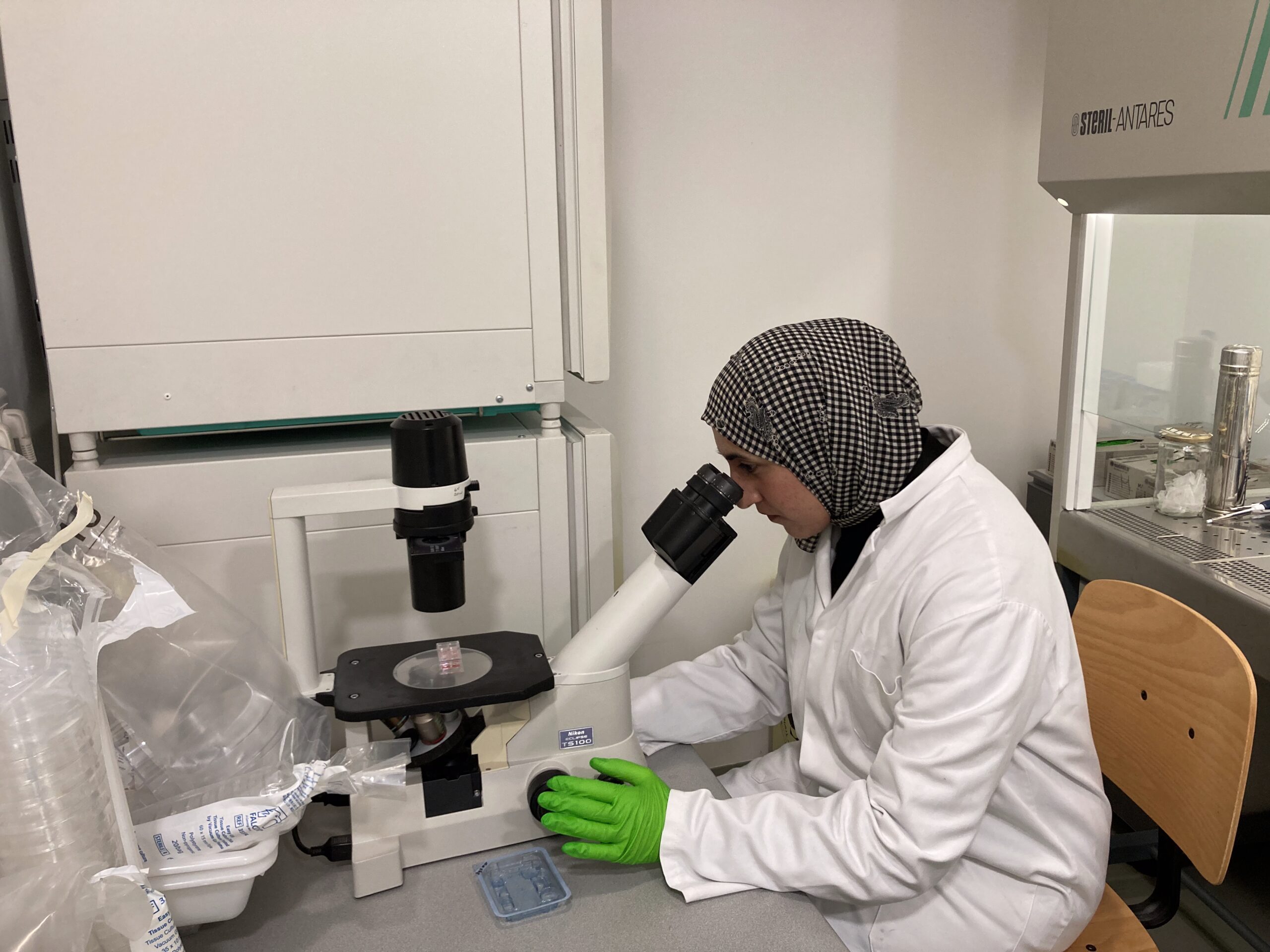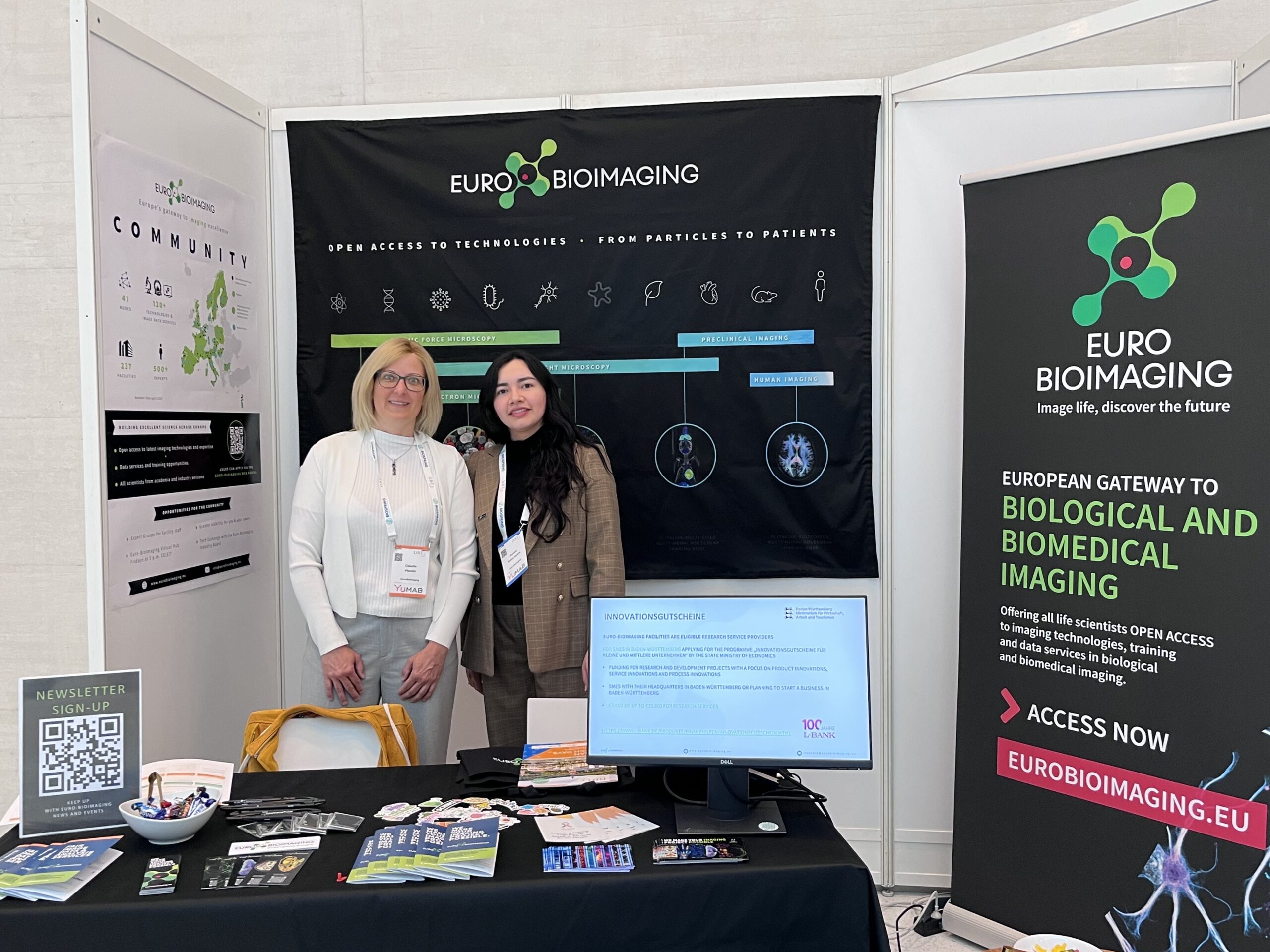
Correlated Imaging Series: Multi-centre image analysis study showed high interobserver variability of quantitative preclinical FDG-PET/(CT) data
On Friday, May 19th at 13:00 CEST, Claudia Kuntner-Hannes, Medical University Vienna, will deliver a lecture on “Multi-centre image analysis study showed high interobserver variability of quantitative preclinical FDG-PET/(CT) data,” as part of the Correlated Imaging Series, brought to you by COMULIS and Euro-BioImaging.
Abstract:
This lecture presents the findings of a multi-centre FDG-PET/(CT) image analysis project aimed to evaluate the impact of the image analysis method on dynamic preclinical FDG-PET/(CT) data comparability.
FDG-PET and FDG-PET/CT datasets from tumour-bearing mice were analyzed by trained and untrained investigators (n=12) from in total 8 different laboratories using their individual standard image analysis software and method for the respective organs. Apart from one investigator, the analysis was performed blinded. The investigators were asked to delineate the tumour, entire brain, muscle, heart or left ventricle, kidneys, liver and urinary bladder. Reporting included the used software program, intensity levels of the radiation scale, ROI/VOI size, delineation method, analyzed time frame, activity concentration in the ROI/VOI (mean and max) and information on co-registration (for the respective PET/CT datasets).
The used image analysis software included three different programs. Images were analyzed in %ID/cc, SUV or kBq/ml. Organ delineation methods ranged from fixed objects (e.g. spheres) to manual delineation and semi-automatic methods using thresholding. The different delineation methods resulted in a huge variability of the VOI sizes. Interestingly, the obtained liver time-activity curves (TACs) given in SUVmean were nearly identical in the FDG PET and FDG PET/CT study, whereas considerable variations in the tumor, muscle, heart, and urinary bladder SUVmean TACs were obtained. The inclusion of the CT data yielded a smaller variability in the liver and brain SUVmean TACs. SUVmax TACs were almost identical in the tumour, kidney and urinary bladder but exhibited some variations in all other organs.
This is the first comprehensive preclinical multi-centre study focusing on the influence of the image analysis method on the obtained results. Based on our results, the outcome of an FDG-PET/(CT) study significantly depends on the utilized image analysis method. Especially the SUVmean differs due to the region's position and/or size. The standardized method yielded nearly congruent results in the brain and liver SUVmean values and, in addition, more consistent SUVmax values in nearly all the VOIs. However, the definition of the muscle and urinary bladder VOI (position and size) remains challenging.
Authors: Claudia Kuntner (Medical University of Vienna and Medical Imaging Cluster (MIC), Vienna, Austria), Carlos Alcaide (University of Edinburgh, Edinburgh, United Kingdom), Dimitris Anestis (BIOEMTECH, Athens, Greece), Jens Bankstahl (Hannover Medical School, Hannover, Germany), Herve Boutin (University of Manchester, Manchester, United Kingdom), Brasse David (Université de Strasbourg, Strasbourg, France), Filipe Elvas (University of Antwerpen, Antwerpen, Belgium), Duncan Forster (University of Manchester, Manchester, United Kingdom), Martina G. Rouchota (BIOEMTECH, Athens, Greece), Adriana Tavares (University of Edinburgh, Edinburgh, United Kingdom), Marie Teuter (Hannover Medical School, Hannover, Germany), Thomas Wanek (Medical University of Vienna, Vienna, Austria), Lena Zachhuber (Medical University of Vienna, Vienna, Austria), Julia Mannheim (Werner Siemens Imaging Center, Department of Preclinical Imaging and Radiopharmacy, Eberhard-Karls University Tuebingen and Cluster of Excellence iFIT (EXC 2180) “Image Guided and Functionally Instructed Tumor Therapies”, Tuebingen, Germany)
Acknowledgement
The authors would like to acknowledge the contribution of the COST Action CA17121 and the Chan Zuckerberg Science Initiative (Advancing Imaging Through Collaborative Projects).

More news from Euro-BioImaging


